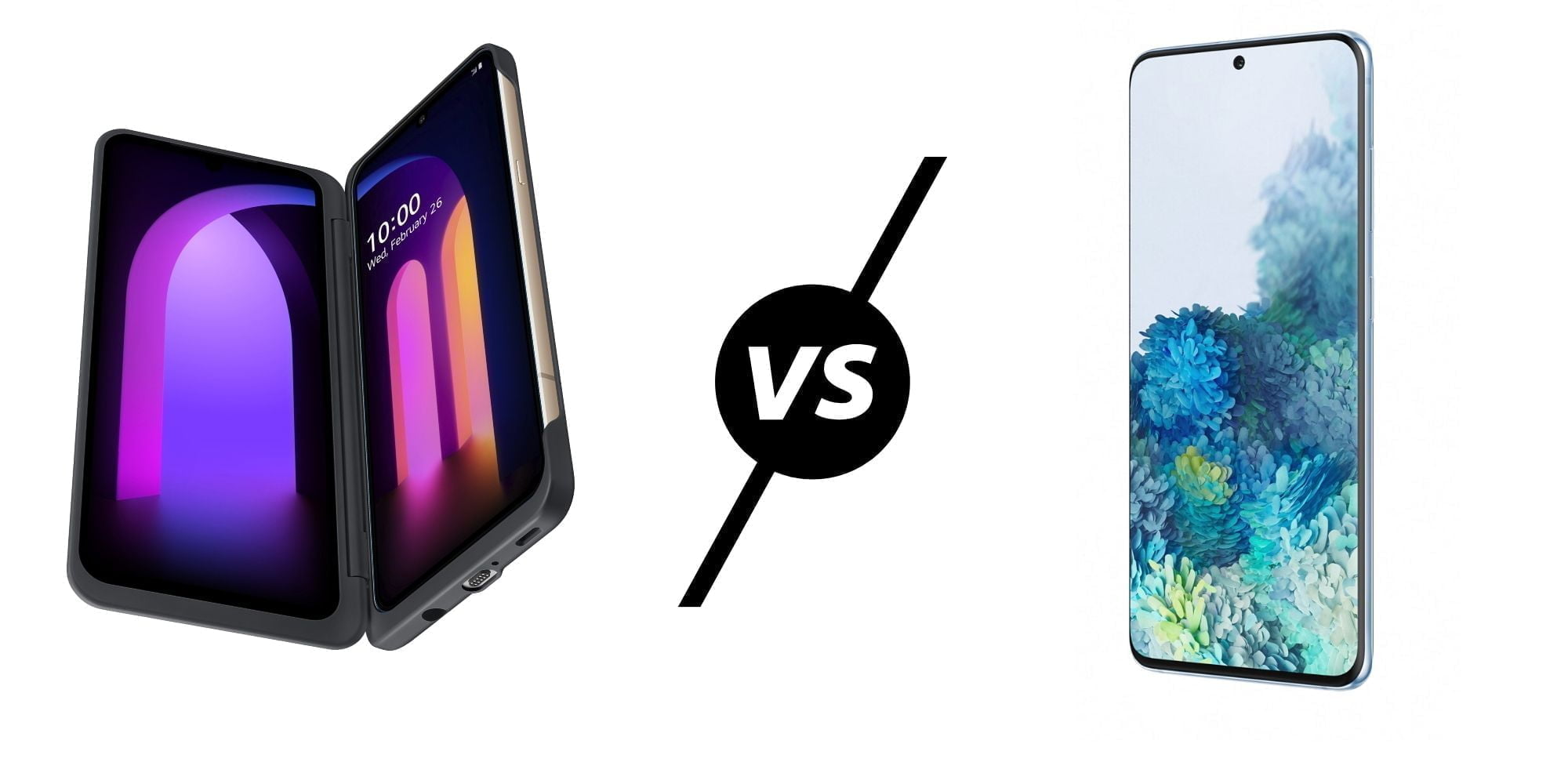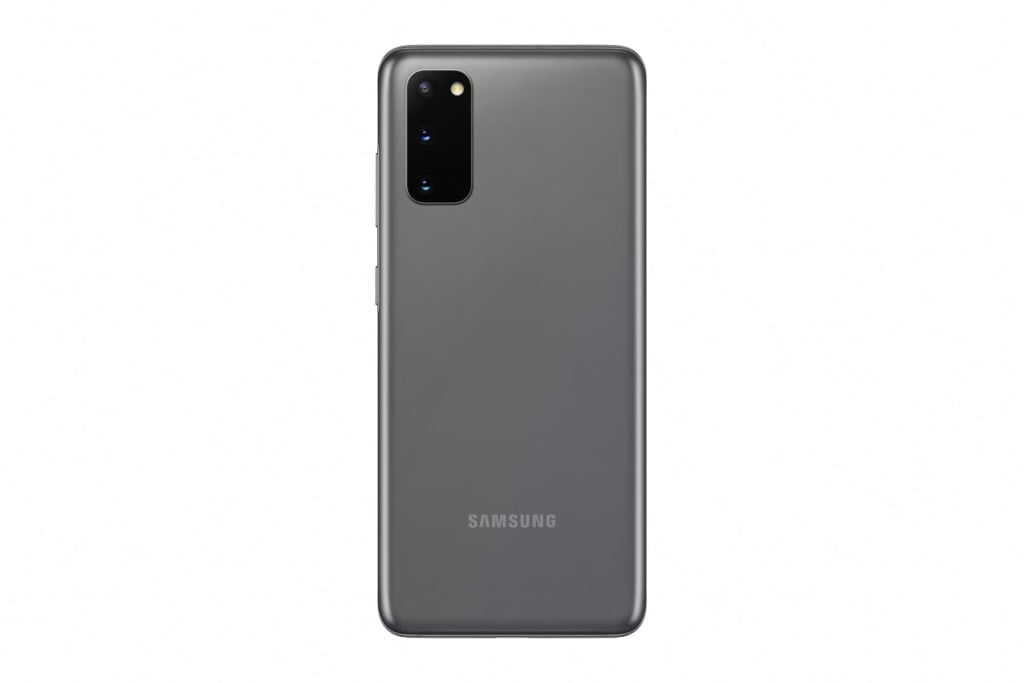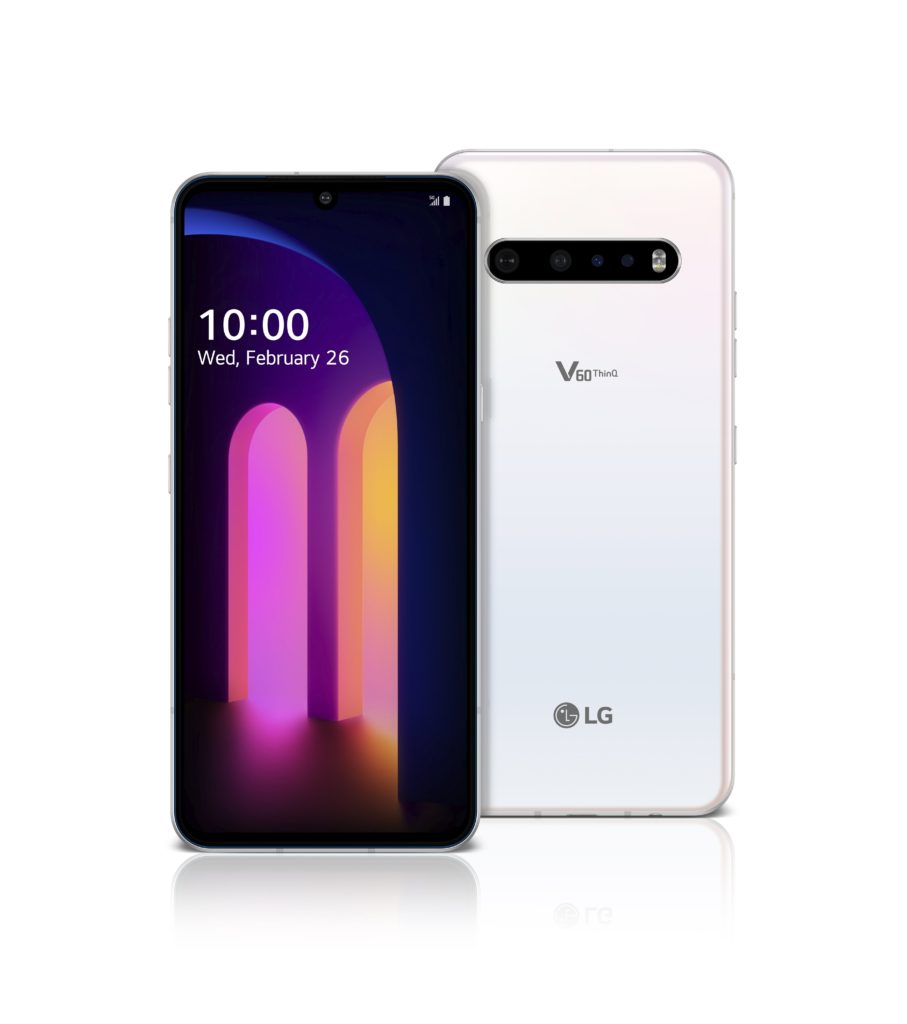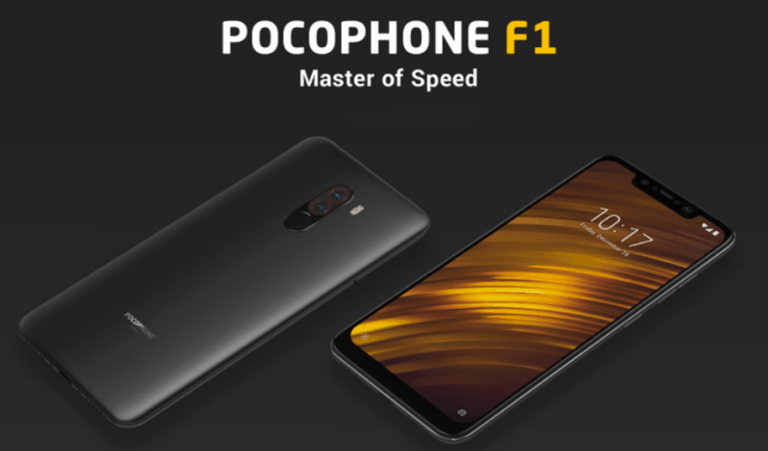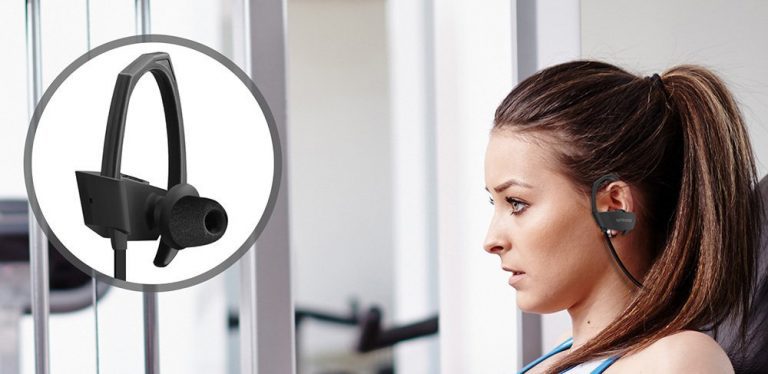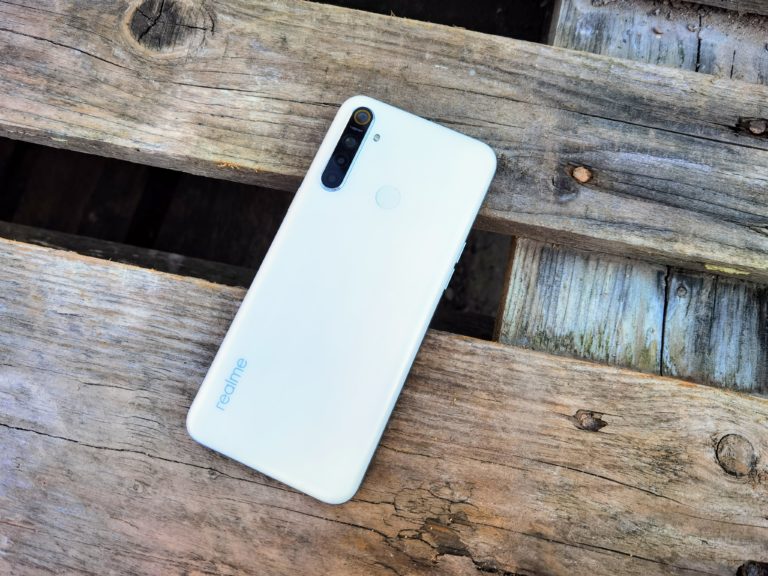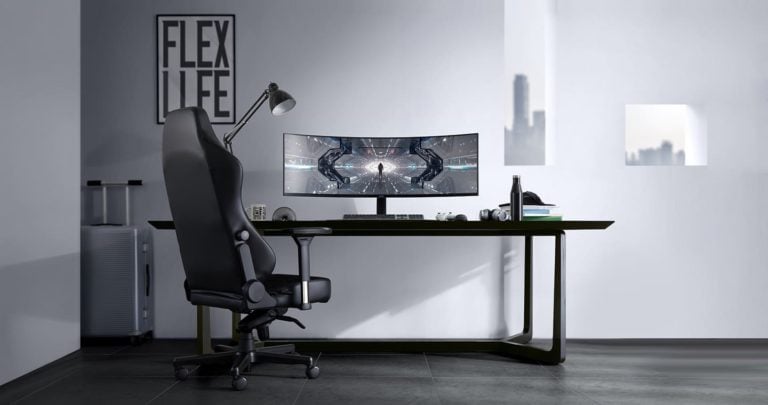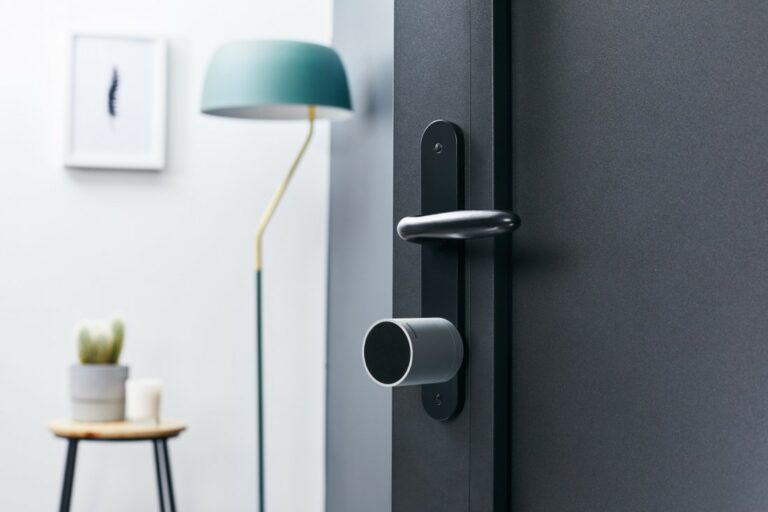Any links to online stores should be assumed to be affiliates. The company or PR agency provides all or most review samples. They have no control over my content, and I provide my honest opinion.
The LG V series has always been a little whacky, I had the LG V20 back in the day with its weird second LED notification screen, it was an amazing phone with an appalling battery life, but it was also the last flagship device with a replaceable battery, so it was forgivable.
Last year, when Huawei and Samsung announced their foldable devices, LG announced the V50 ThinQ which jumped on the foldable bandwagon in a strange but effective dual-screen case accessory, if it had launched the year prior it may have come across revolutionary, but with the Mate X it looked very dated. Both the Samsung and Huawei devices suffered delays and all sorts of build issues, so in the end, it could be argued that LG had the more practical design.
Jumping ahead a year and LG have committed to their dual-screen design again on the new LG V60 ThinQ 5G, and it has been upgraded to the latest 5G equipped Qualcomm Snapdragon 865 chipset. Beyond the chipset upgrade it is a bit of a mixed bag as far as the rest of the specification goes with the specification getting worse in some cases compared to the LG V50 ThinQ 5G.
With recent launches from Samsung, Sony and Xiaomi, does this quirky phone stand a chance of success?
Display, dimensions and weight.
LG has bumped up the screen size to a massive 6.8-inches but dropped the resolution down to 1080 x 2460 pixels giving you a pixel density of 395, with 400 often being regarded as the minimum a phone should be nowadays.
Last years V50 ThinQ had a display of 6.4 inches running at 1440 x 3120 pixels with a 538 ppi density.
The smallest Samsung starts at 6.2 inches and the Ultra goes up to 6.9 inches but they all run at 1440 x 3200 pixels, so the Ultra with the lowest PPI is 511.
Even though the LG has a smaller Screen than the S20 Ultra it is almost the same size and weight is 169.3 x 77.6 x 8.9 mm and 218g vs 166.9 x 76 x 8.8 mm and 222g. Last years V50 was 10mm shorter and 1mm thinner making it much more hand-friendly at 159.2 x 76.1 x 8.3 mm
While many companies have adopted a punch-hole display this year, LG retains the notch.
Chipset, RAM, storage
With Samsung, if you are in the UK you will be stick with the Exynos 990 which is probably not as good as the Snapdragon 865 found on the new LG, US users get the SD865 though. In general, though, both chipsets will perform about the same, and they both offer 5G connectivity, though Samsung sells 4G only models in the UK.
This years LG comes with 8GB of Ram and a choice of 128GB or 256GB storage, it looks like the storage is the older slower UFS2.1, but the official press release does not confirm this. You can upgrade the storage via microSD
Samsung has lots of configuration options, the standard S20 starts with 8GB of RAM and has 128GB of UFS3.0 storage it is also upgradeable via microSD. The massive Ultra has 12GB of RAM and either 128GB or 512GB storage.
The V50 has the Snapdragon 855 and came with 6GB of RAM and 128GB of storage
Camera
Last year’s LG V50 ThinQ 5G had:
- 12 MP, 27mm (standard), f/1.5, 1/2.55″, 1.4µm, dual pixel PDAF, 3-axis OIS
- 12 MP, 52mm (telephoto), f/2.4, 1/3.4″, 1.0µm, 2x optical zoom, PDAF, OIS
- 16 MP, 16mm (ultrawide), f/1.9, 1/3.1″, 1.0µm, no AF
Though the LG V50S dropped the telephoto.
This year, the LG V60 ThinQ 5G also lacks the telephoto giving you:
- 64 MP, f/1.8, 27mm (standard), 1/1.72″, 0.8µm, Dual pixel PDAF, OIS
- 13 MP, f/1.9, 12mm (ultrawide), 1/3.4″, 1.0µm
- 0.3 MP, TOF 3D, f/1.4, (depth)
So they opted to use a TOF sensor over the telephoto because that is so much more useful. While the main camera has gone up in MP the sensor size drops from 1.4µm to 0.8µm, but pixel binning should give it a larger effective sensor size.
The standard Samsung Galaxy S20 has:
- 12 MP, f/1.8, 26mm (wide), 1/1.76″, 1.8µm, Dual Pixel PDAF, OIS
- 64 MP, f/2.0, (telephoto), 0.8µm, PDAF, OIS, 3x hybrid optical zoom
- 12 MP, f/2.2, 13mm (ultrawide), 1.4µm, Super Steady video
The S20+ adds a TOF sensor, and the Ultra has:
- 108 MP, f/1.8, 26mm (wide), 1/1.33″, 0.8µm, PDAF, OIS
- Periscope 48 MP, f/3.5, 103mm (telephoto), 1/2.0″, 0.8µm, PDAF, OIS, 10x hybrid optical zoom
- 12 MP, f/2.2, 13mm (ultrawide), 1.4µm, Super Steady video
- 0.3 MP, TOF 3D, f/1.0, (depth)
For selfies, the V60 and S20 are not that much different with 10 MP f/1.9 1.22µm vs 10 MP f/2.2 1.22µm
Battery
The new LG is a bit of a beast with its 5000 mAh battery, and the low-res screen means it should last a couple of days, the press release doesn’t state how quick it charges, but it has Qualcomm Quick Charge 4+. There is wireless charging, but there is no mention of how quick.
The smallest Samsung has a 4000 mAh battery with 25W charging, and 15W wireless. The Ultra has a 5000 mAh battery with 45W fast charge and 15w wireless
Other Features
The LG has 2 big selling points, the second screen which is : 6.8-inch 20.5:9 FHD + P-OLED FullVision (2,460 x 1,080 / 395ppi). Then there is the 32-bit Hi-Fi Quad DAC combined with a 3.5mm headphone jack making this one of the best phones for listening to music on. It is also rated for MIL-STD 810G Compliance and IP68 Water resistance so it is more durable than many other phones.
Price
If the LG V60 ThinQ 5G ends up being affordable, they could be onto a winner, but they have no released pricing. All we know so far is that they plan to launch it for less than the Samsung Galaxy S20, which is $999 / £899. Based on the specification I would say it needs to be a lot less.
| Preview | Product | Rating | Price | |
|---|---|---|---|---|

| Samsung Galaxy S20 5G Mobile Phone; Sim Free Smartphone -... | £175.97 | Buy on Amazon |
While the LG V60 ThinQ 5G doesn’t look that appealing for most users, it could make a good business phone for power users. If you spend all day emails and typing up documents the two massive screens and the big battery could be very appealing.
I am James, a UK-based tech enthusiast and the Editor and Owner of Mighty Gadget, which I’ve proudly run since 2007. Passionate about all things technology, my expertise spans from computers and networking to mobile, wearables, and smart home devices.
As a fitness fanatic who loves running and cycling, I also have a keen interest in fitness-related technology, and I take every opportunity to cover this niche on my blog. My diverse interests allow me to bring a unique perspective to tech blogging, merging lifestyle, fitness, and the latest tech trends.
In my academic pursuits, I earned a BSc in Information Systems Design from UCLAN, before advancing my learning with a Master’s Degree in Computing. This advanced study also included Cisco CCNA accreditation, further demonstrating my commitment to understanding and staying ahead of the technology curve.
I’m proud to share that Vuelio has consistently ranked Mighty Gadget as one of the top technology blogs in the UK. With my dedication to technology and drive to share my insights, I aim to continue providing my readers with engaging and informative content.
Last update on 2024-04-18 / Affiliate links / Images from Amazon Product Advertising API

